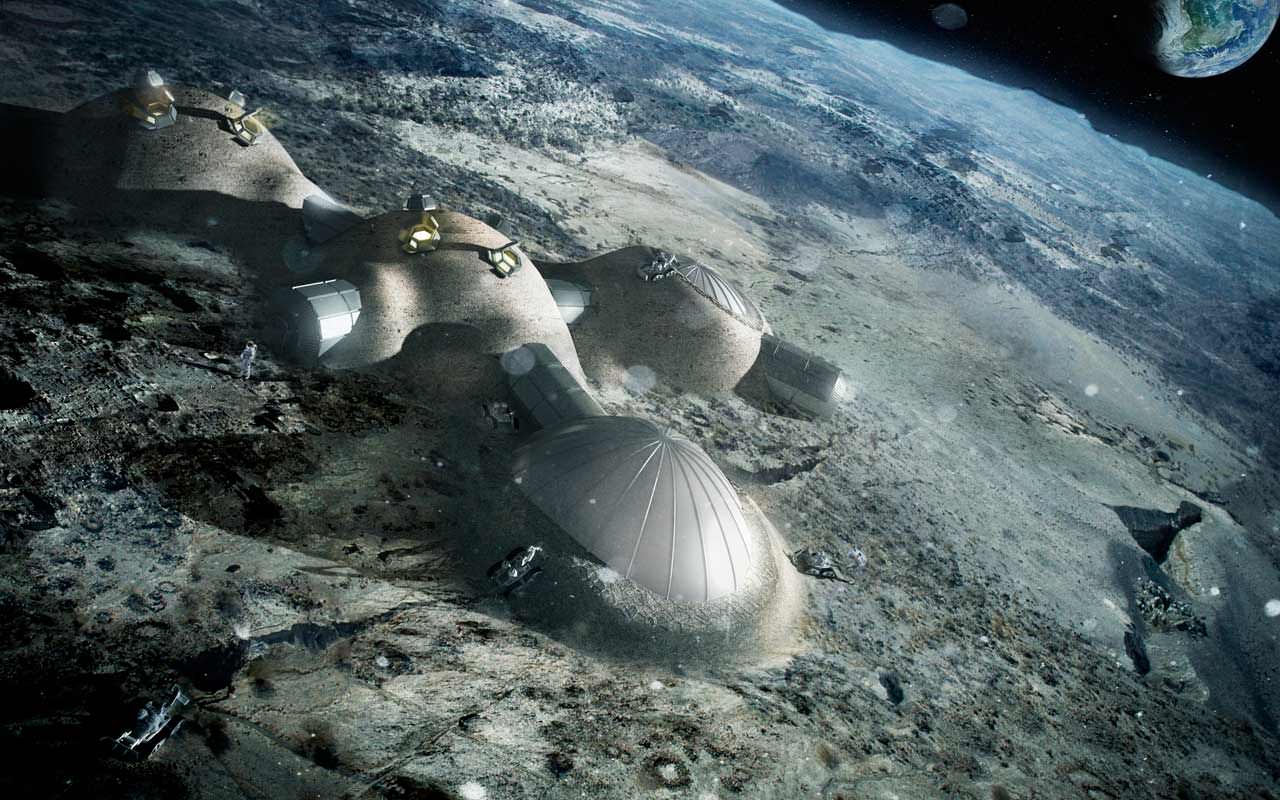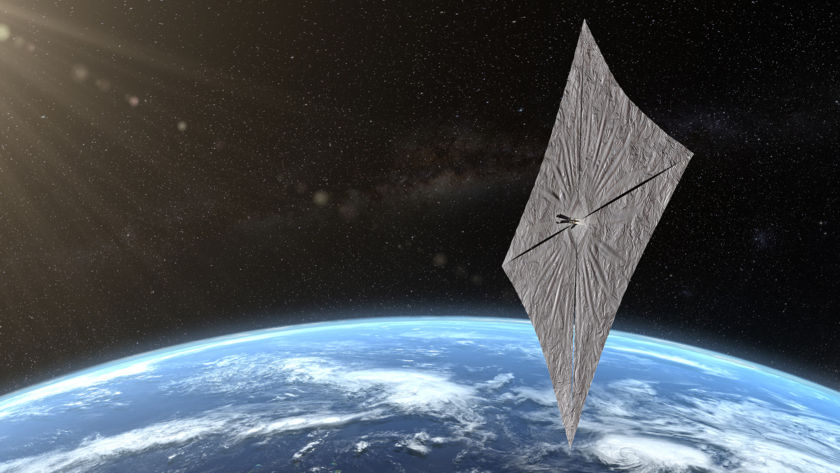Galaxies are some of the largest clearly defined structures in space. There are trillions of them, and many are clustered around each other. But how does that clustering affect them? That’s been a question for a while, and older papers have yielded contradictory results. Now, a new paper analyzing millions of galaxies from researchers at the University of Washington, Yale, and several other institutions shows a clear pattern that had been debated before – galaxies surrounded by other galaxies tend to be larger.
Continue reading “Galaxies in Dense Environments Get Larger”Galaxies in Dense Environments Get Larger










